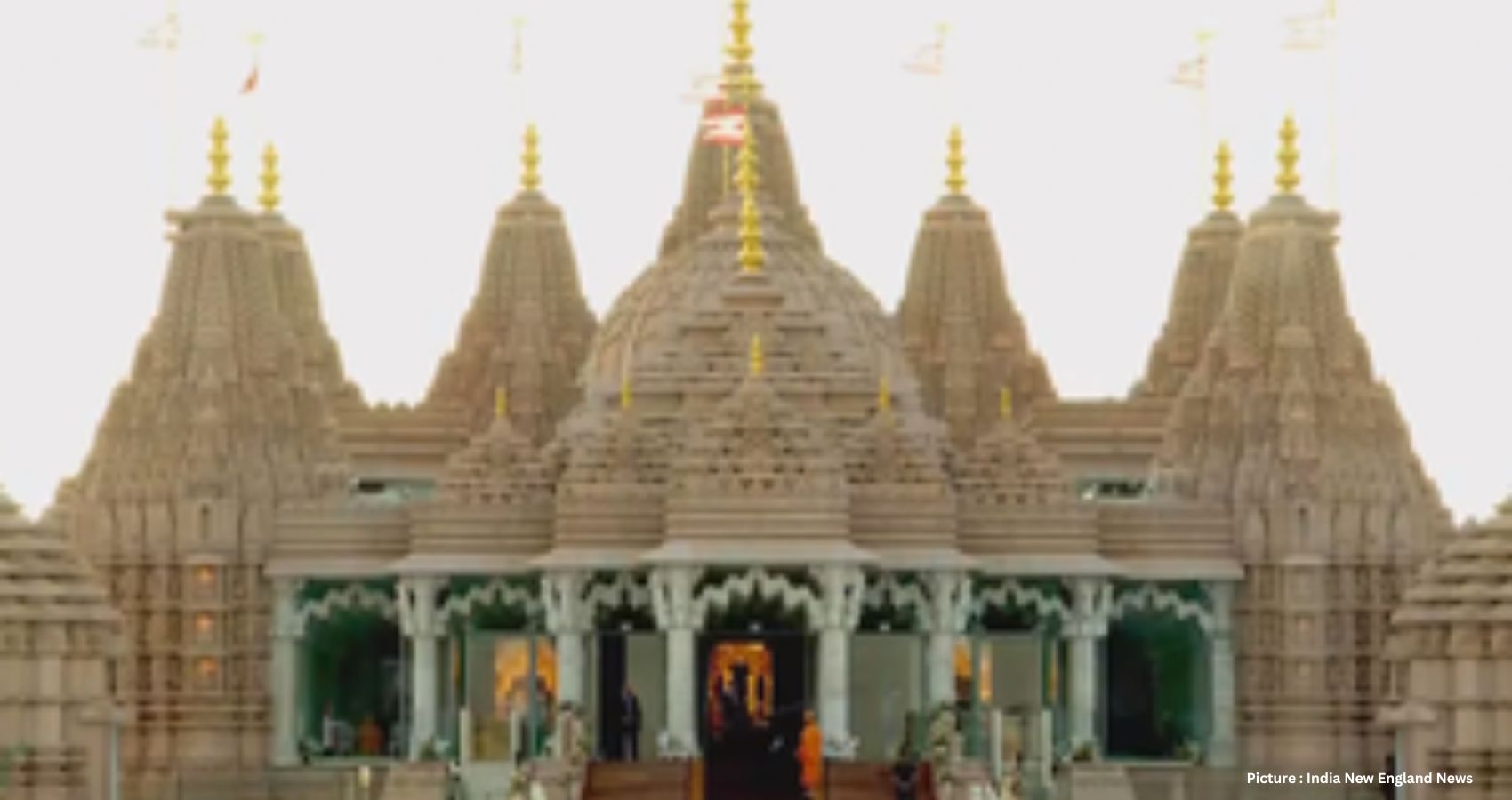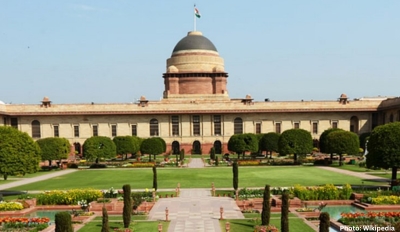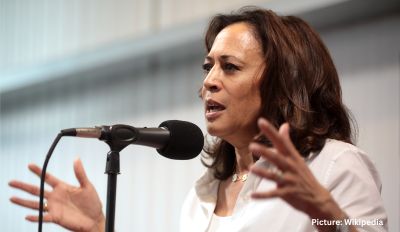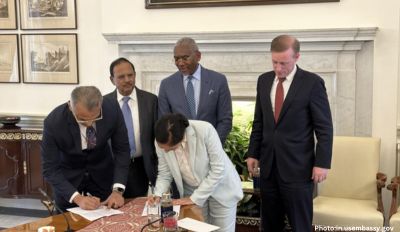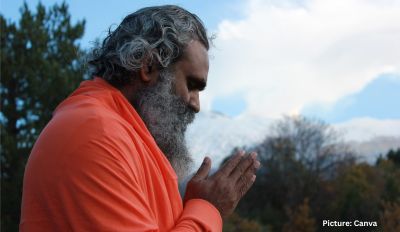India’s endeavors in constructing, inaugurating, and restoring its temples worldwide stand as a testament to its efforts in strengthening connections with its extensive diaspora of over 32 million and the estimated 1.2 billion Hindus globally.
Long before the colonial era and continuing long after, Hindus have migrated across the globe for various reasons, contributing significantly to the establishment of numerous temples in their adopted countries.
The global count of Hindu temples is estimated at around two million, with notable examples including Cambodia’s Angkor Wat, Indonesia’s Prambanan temple, Nepal’s Pashupatinath Temple, and Australia’s Shiva Vishnu Temple.
The tradition of Hindu temple construction dates back centuries, with Thailand witnessing the beginning in the third and fourth centuries AD, evidenced by early depictions of Lord Vishnu, while Vietnam’s Cham people erected several Hindu temples.
Reflecting on this dispersed cultural heritage, External Affairs Minister S Jaishankar remarked during a visit to Cambodia in 2022, “There are temples not only in India and the Indian subcontinent but in many regions beyond.” He emphasized the significance of temple construction and restoration as a means to uphold the continuity of civilization beyond national borders.
For Hindus, these temples serve as vital centers for maintaining cultural identity, values, and traditions across generations. Kajal Dhadwal, a resident of Tanzania for over 14 years, finds solace and strength in temples like the BAPS Shri Swaminarayan Mandir and the ISKON center in Arusha.
With the growing population of Hindus globally, there arises a greater demand for places of worship. According to data from the External Affairs Ministry, the number of Indians relocating abroad permanently was 2,25,620 in 2022 and 87,026 until June 2023.
In line with this, Prime Minister Narendra Modi inaugurated Abu Dhabi’s first Hindu temple, the BAPS Mandir, on February 14, underscoring the UAE’s significant role in fostering communal harmony. The UAE already hosts three other Hindu temples in Dubai, showcasing its commitment to diversity and inclusivity.
This event followed closely after Modi’s participation in the consecration ceremony of the Ram temple in Ayodhya, highlighting the significance of temple construction both domestically and internationally.
Further expanding the global footprint of Hindu temples, the BAPS Swaminarayan Akshardham, the world’s largest Hindu temple outside India, was inaugurated in New Jersey’s Robbinsville Township in October of the previous year.
In a bid to preserve heritage and promote cultural exchange, Modi initiated a multi-million-dollar renovation project for Bahrain’s 200-year-old Shrinathji Temple in Manama in 2019.
The demand for temples abroad extends beyond providing places of worship; they also serve as showcases of Indian art and architecture, garnering international recognition and contributing to the cultural landscape of their host countries.
Recognizing the soft power potential, countries view the construction of Hindu temples as a means to bolster their economies, promote tourism, and enhance bilateral relations through increased people-to-people interactions.

